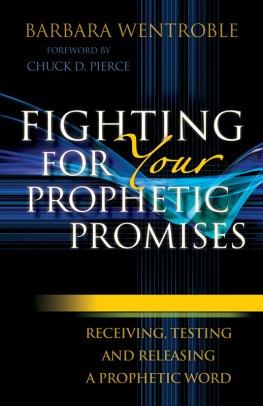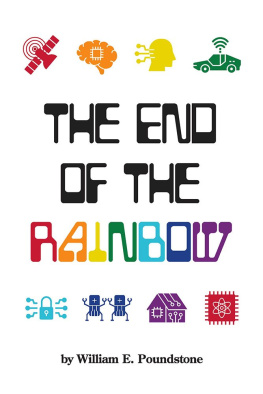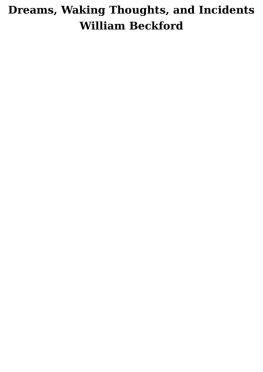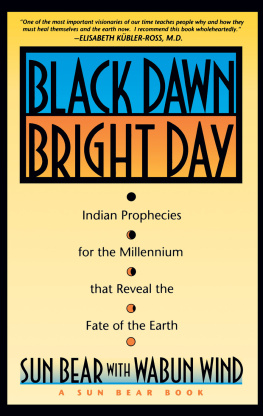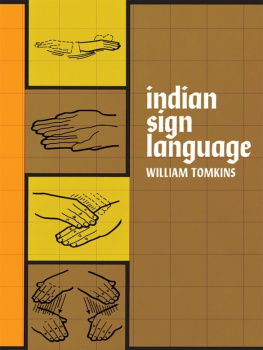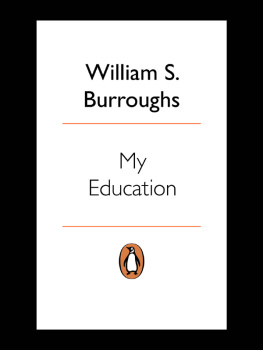This edition is published by PICKLE PARTNERS PUBLISHINGwww.picklepartnerspublishing.com
To join our mailing list for new titles or for issues with our books picklepublishing@gmail.com
Or on Facebook
Text originally published in 1962 under the same title.
Pickle Partners Publishing 2015, all rights reserved. No part of this publication may be reproduced, stored in a retrieval system or transmitted by any means, electrical, mechanical or otherwise without the written permission of the copyright holder.
Publishers Note
Although in most cases we have retained the Authors original spelling and grammar to authentically reproduce the work of the Author and the original intent of such material, some additional notes and clarifications have been added for the modern readers benefit.
We have also made every effort to include all maps and illustrations of the original edition the limitations of formatting do not allow of including larger maps, we will upload as many of these maps as possible.
WARRIORS OF THE RAINBOW: STRANGE AND PROPHETIC DREAMS OF THE INDIAN PEOPLES
BY
WILLIAM WILLOYA
AND
VINSON BROWN
Major Artists: Tzo Yazzie (Navajo), Jim Redcorn (Osage), Al Momaday (Kiowa), Clayton Sampson (Paiute)
FOREWORD
In the words that follow we have written simply and wholly what we believe, believing that only God is the Knower. That men should love one another and understand one another is the great message of the visions of the Indian peoples told about in this book, nothing of selfishness nor vanity, nothing of narrowness nor pride. We write what we feel deep in our hearts, and the bulk of the book is the expression of this feeling. On the other hand, we wish to write about only what is reasonable and intelligent, so, in the appendix at the back of this book, we give what we consider reasonable and intelligent answers to why the study of prophetic dreams has value, how they fit patterns, and how it may be possible to understand them.
People more interested in the spirit will turn to the beginning of the book first, but those more practical and critical might do well to read the appendix first. Each part has its place in this book, each answers a need. The subject is a deep one and only a beginning is given here. We hope that the reader of this book will continue to investigate the ideas offered in these pages with an open mind. For the light of truth shines best through open minds.
These visions come not only from the American Indians, but from the Indians of India and from the East Indian Islands. While these Indians of Asia are not of the same cultural background as the Indians of America, both have one thing in common. They were both conquered and treated badly by the white people. It is remarkable that among all these Indian peoples their great prophetic dreams do not speak of how revenge will someday come for their humiliation, but how there will one day be brotherhood and love between all races. It is the bigness and grandeur of these visions that makes any forward-looking person want to help them come true, for they promise the spiritual regeneration and uplifting of all mankind.
A new thing came and they could not see,
A new wind blew and they would not feel it.
From the poem, In His Own Country , by Lord Dunsany
I. THE RETURN OF THE SPIRIT
Drawn by Major Osborne Cross, 1849
Once we were all free on the prairies together,
Blue and rose and yellow prairies like this one.
We ran and chased and hunted.
You were good to us.
You gave us food and clothes and houses.
Now we are all old.
We are tied,
But our minds are not tied.
We can remember the old days.
We can say to each other,
Those times were good.
Of course you dont understand my singing, Spear Woman said (as she sang to the buffalo behind the fence). Of course you dont know what its about when I sing about the old days. Youre just calves. You dont remember. You were born inside the fence, like my own grandchildren.
Quoted from The Ten Grandmothers , by Alice Marriott, University of Oklahoma Press, 1945, with kind permission of the Publishers.
(NOTE: The story told below we believe actually happened, though not in these exact details. We have deliberately named no tribe in this story because we want it to mean the same to all tribes, to all the Indians, for a wise old woman anywhere and a boy who had curiosity and spirit anywhere could find together this same miracle. This story makes live for us the heart of the message given us in all the great Indian prophetic visions told about in this book.)
The old woman sat under the shade of the cottonwood tree by the creek and nodded her head, dozing a little. She was very old, so old that the wrinkles made little fine ridges all over her face and her eyes seemed hidden among the ridges like springs lost in a desert. But, when a sand lizard ran among some rattleweed, brushing their stems, and causing the pods to rattle a little in the windless air, she opened her eyes and they peered out from among the folds of skin, bright and glowing with life like two points of black desert opal sparkling in the sun. Eyes of the Fire she had been called long ago when she was seventeen and danced on the prairie while half a dozen fine young hunters pressed forward to woo her. But that was long, long ago, in the days when the white men were still few in number and the Indians yet had some of their ancient freedom.
Now an Indian boy of about twelve summers came wandering down to the creek, a little self-conscious in store clothes, but his eyes gazing about him full of wonder. He was Jim, her great grandson, recently come from the city where his father worked as a mechanic in a big garage, new to the mountain country, new and strange, and a little bit afraid of the other Indian boys, his relatives, who lived there. It was getting near to midday and the other people had gone indoors to snooze through the heat, but Jim walked slowly and shyly down to the creek beside his great grandmother.
Little flashing lights of laughter raced through the eyes of the old, wise one. She saw the wonder in him as he gazed at the mountains with their snow on top, and said tenderly:
What do you want, Jim?
Dust jumped in little spurts as the boy kicked the ground, and his lips trembled. Then they firmed as he looked straight into the lively old eyes.
I want to ask a question, Oldest Mother.
Ask then, she said quietly and suddenly her body seemed to grow less old, and it appeared almost as if she were sitting straight in a saddle on a spirited horse as she had done many a time in the long ago.
Last night you told us stories, said the boy, and you could see in the eager reach of his eyes, the clenching of his fists, how he had sat tensely in the firelight of the previous evening drinking into his very pores the tales of old. Last night you told of how the white man came and took our land, of how the Indians were struck by diseases until their bones became so weak that thousands died, of how great-grandfather was killed by a white man because he tried to stop a robbery. All these things that you told us about, Oldest Mother, make me want to ask you something.






